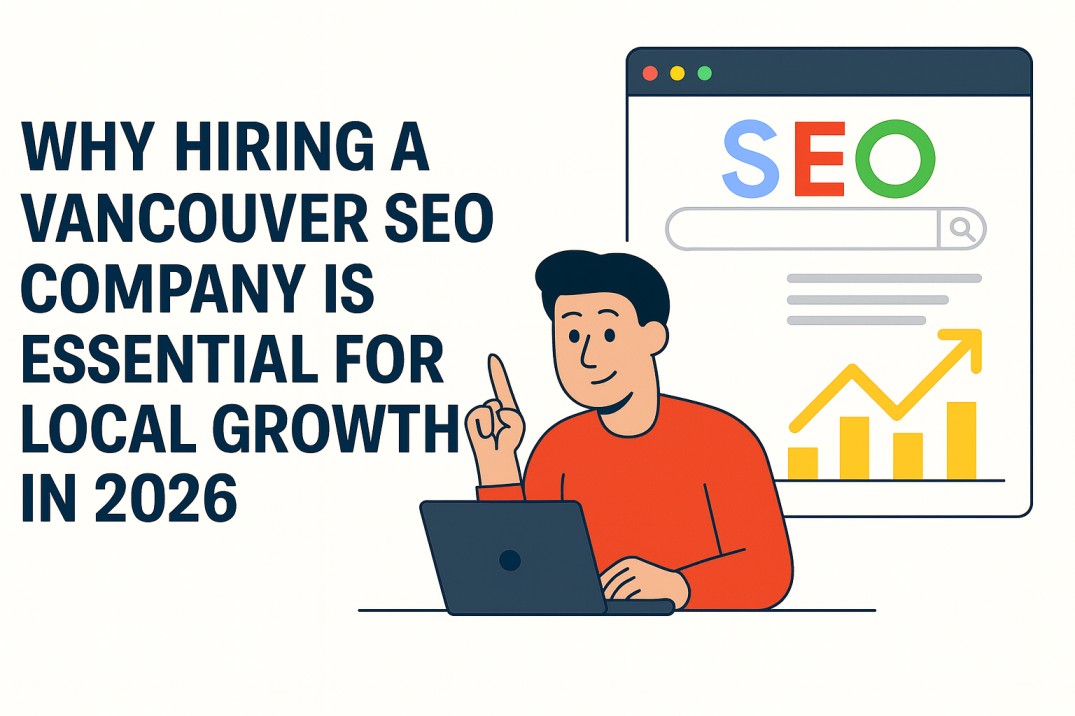In today’s digital age, our lives are increasingly intertwined with the web. From social media interactions to online shopping, we rely on websites to connect, transact, and access information. But what about when a simple website doesn’t cut it? That’s where web applications (web apps) come in, offering a more dynamic and interactive experience. But for those unfamiliar with the tech world, the concept of web apps can seem daunting.
Fear not! This blog post is your one-stop guide to understanding what web apps are, their benefits, and the different types available.
What are Web Apps?
Imagine a software program that doesn’t require installation or downloads, accessible from any device with an internet connection. That’s the magic of web apps! They run directly within your web browser, eliminating the need for clunky software and bulky installations. Think of your online banking platform, your favorite social media app, or even the project management tool your team uses – these are all examples of web apps in action.
Benefits of Web Applications
Accessibility
One of the most significant advantages of web applications is their accessibility. Users can access them from any device with a web browser, eliminating the need for specific hardware or software requirements.
Cross-Platform Compatibility
Web applications are inherently platform-independent, meaning they can run on various operating systems such as Windows, macOS, and Linux without any modifications.
Automatic Updates
Since web applications are hosted centrally, developers can push updates and patches seamlessly without requiring user intervention. This ensures that users always have access to the latest features and security enhancements.
Scalability
Web applications can easily scale to accommodate growing user bases and increasing demand. Cloud-based infrastructure enables developers to add resources dynamically, ensuring optimal performance under any circumstances.
Cost-Effectiveness
Unlike traditional software development, which often involves hefty upfront costs for licensing and infrastructure, web applications typically follow a subscription-based model or offer free usage tiers, making them more affordable for businesses of all sizes.
Security
Reputable web app developers prioritize security, ensuring your data is protected with robust encryption and access controls.
Collaboration
Real-time collaboration and data sharing become effortless with web apps, fostering teamwork and streamlined workflows.
Different types of web apps

Now that you know the perks, let’s explore the diverse world of web apps:
Static Web Apps
Imagine a beautiful online brochure – that’s what static web apps excel at. They primarily serve information in a visually appealing way, with limited interactivity. Think company websites showcasing services, portfolios for artists or photographers, or landing pages for marketing campaigns.
Key characteristics
- Content: Mostly fixed and informational, like text, images, and videos.
- Interactivity: Limited, usually through basic forms, links, or downloads.
- Development: Relatively simple and cost-effective, using technologies like HTML, CSS, and JavaScript.
- Pros: Fast loading times, good SEO, easy to maintain.
- Cons: Limited functionality, not ideal for complex interactions or data management.
Dynamic Web Apps
These apps bring life to the web, allowing users to engage with content, update information, and interact with each other. Think of online shopping platforms, booking systems, or social media networks.
Key characteristics
- Content: Constantly changing and user-generated, often involving databases.
- Interactivity: Rich and diverse, including user logins, forms, comments, and real-time updates.
- Development: More complex than static apps, often involving server-side programming languages like Python or Java.
- Pros: Highly engaging and interactive experience, suitable for complex functionalities.
- Cons: This may require more development effort and resources, and potential performance issues with high traffic.
Single-Page Applications (SPAs):
SPAs offer a fluid, app-like feel within a single web page. Think Gmail, Google Docs, or Facebook. Instead of reloading entire pages for each action, SPAs update specific sections dynamically, creating a seamless user experience.
Key characteristics
- Content: Loaded initially and dynamically updated without full page reloads.
- Interactivity: High level of user engagement with features like drag-and-drop, real-time updates, and offline functionality.
- Development: Complex frameworks like React, Angular, or Vue.js are commonly used.
- Pros: Fast, responsive, and feels native-like, good for productivity tools and complex interfaces.
- Cons: Can be SEO-unfriendly, potential performance issues with older browsers.
Progressive Web Apps (PWAs)
PWAs bridge the gap between websites and native apps. They offer offline functionality, push notifications, and app-like features while remaining accessible through a web browser. Think Twitter Lite or Pinterest.
Key characteristics
- Content: Can be cached for offline use, with online and offline capabilities.
- Interactivity: Similar to SPAs, offering push notifications, home screen icons, and background updates.
- Development: Require additional configuration beyond traditional web development.
- Pros: Works online and offline, feels like a native app, good for engaging users on mobile devices.
- Cons: It may require more development effort, and might not have all the features of native apps.
Software-as-a-Service (SaaS)
SaaS apps are subscription-based software delivered over the internet, accessed through a web browser or mobile app. Think Salesforce, Dropbox, or Slack.
Key characteristics
- Content: Managed by the service provider, offering features and updates continuously.
- Interactivity: This varies depending on the specific SaaS offering, but usually includes user dashboards, data access, and collaboration tools.
- Development: Developed and maintained by the service provider, users don’t need to worry about infrastructure or updates.
- Pros: Affordable, easy to use, readily available with various functionalities, eliminates maintenance needs.
- Cons: Users rely on the service provider for security and uptime, with limited customization options.
Custom-Built Web Apps:
Tailored to your specific business needs and workflows, these apps offer maximum flexibility and control. Think complex project management systems, e-commerce platforms, or internal company tools.
Key characteristics
- Content: Completely customized to your requirements, integrating with existing systems and data.
- Interactivity: Highly tailored to your needs, offering any functionality you desire.
- Development: Requires significant development effort and resources, ongoing maintenance.
- Pros: Maximum flexibility and control, perfectly fits your unique needs, integrates seamlessly with other systems.
- Cons: Highest cost and development effort, ongoing maintenance needed, requires in-house expertise or external development partners.
Choosing the right web app
The best type of web app for your company depends on your specific goals, budget, and target audience. Consider factors like user needs, desired functionality, and level of customization required.
As a web app development company (Knovatek Inc.) in Canada, we understand the power of these tools and are passionate about helping businesses leverage their potential. If you have questions or need guidance in choosing the right web app solution, don’t hesitate to contact us!
Remember, this is just the first step in your web app journey. Stay tuned for future blog posts where we’ll delve deeper into specific web app development topics, share industry insights, and offer valuable tips to help your web app thrive!




